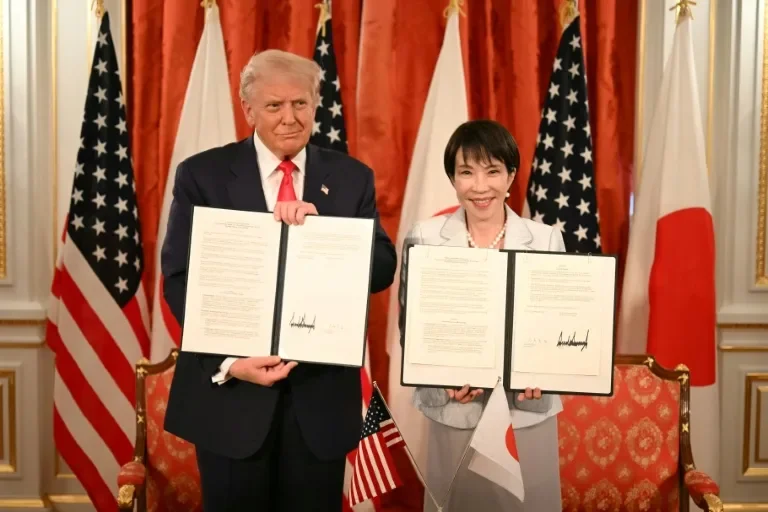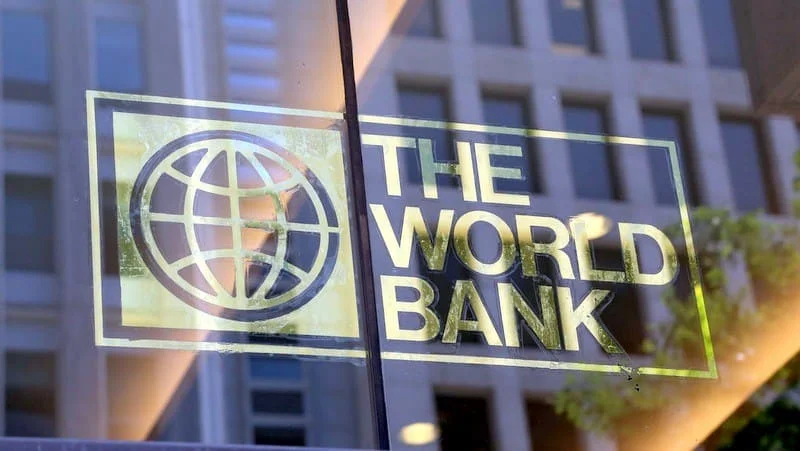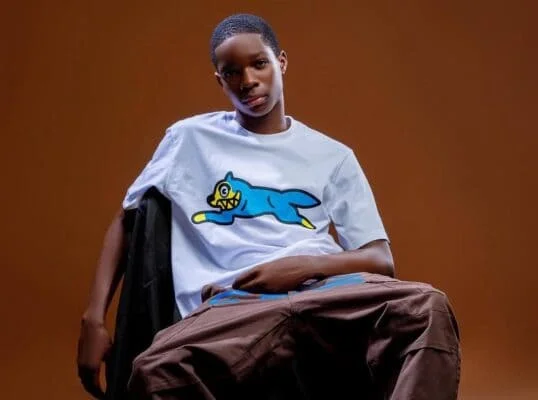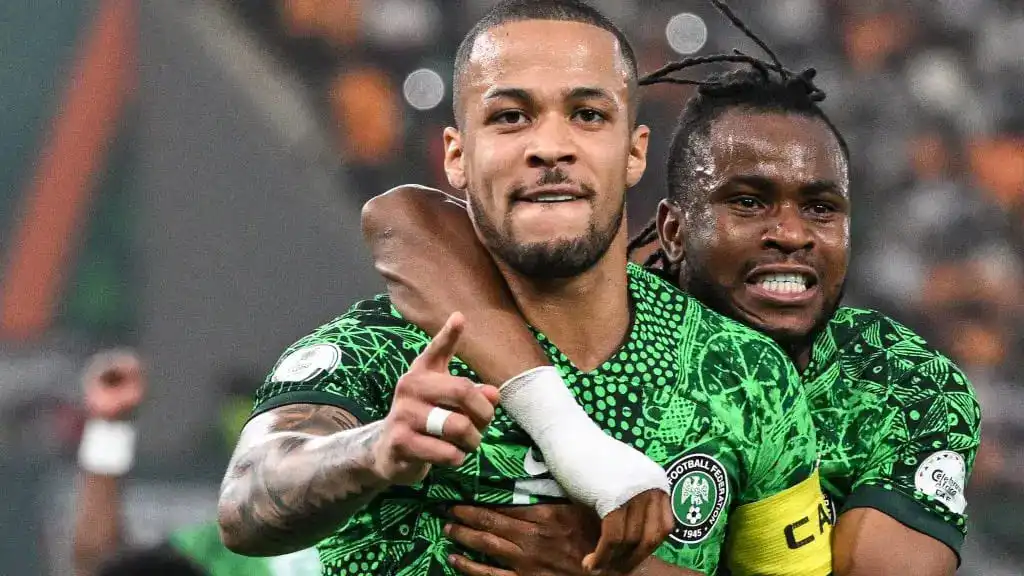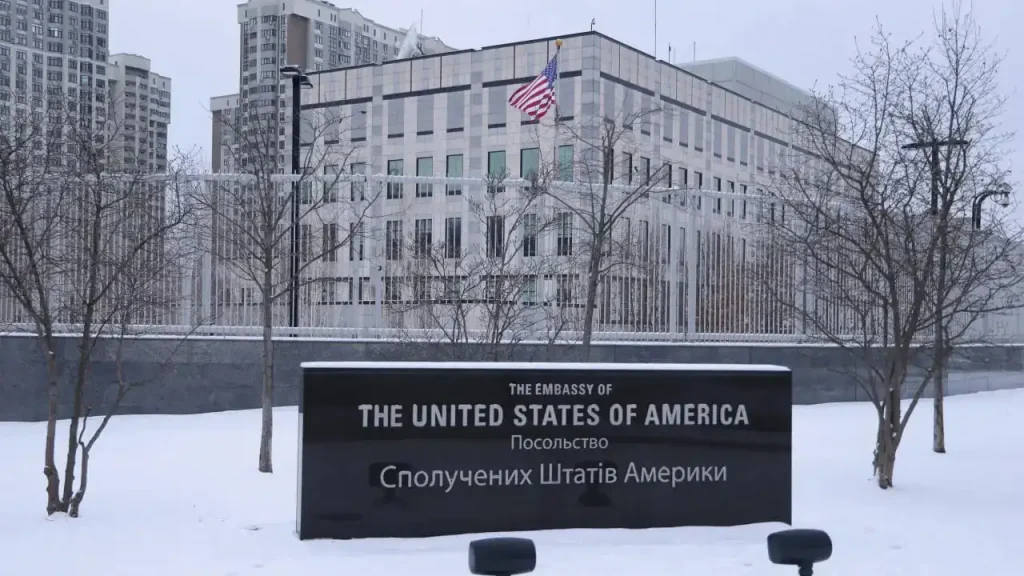U.S. President Donald Trump opened his Tokyo visit with glowing words for Sanae Takaichi, Japan’s newly installed prime minister and the country’s first woman in the role.
On Tuesday, he lauded her bold vision to ramp up military investments, signaling a deepening alliance in the face of regional challenges.
The meeting at Akasaka Palace buzzed with optimism, as Trump declared, “From what Shinzo shared and others say, you’ll be among the greatest leaders Japan has seen.” He called her historic ascent “a massive achievement.”
Takaichi, stepping into office just seven days earlier, drew heavily on her mentorship under the late Shinzo Abe, Trump’s longtime friend and golf companion who fell to an assassin’s bullet in 2022.
To honor that bond, she presented Trump with thoughtful tokens: Abe’s cherished putter encased in glass, a golf bag autographed by champion Hideki Matsuyama, and a gleaming gold-leaf ball.
Abe’s widow added a touching gift a canvas emblazoned with “PEACE” in bold gold script evoking the personal warmth that defined the leaders’ friendship.
Nobel Nod and Investment Surge
Trump’s spokesperson revealed Takaichi’s pledge to nominate him for the Nobel Peace Prize, a gesture underscoring her admiration for his diplomatic strides.
The talks quickly turned to economics, with both sides unveiling a slate of ambitious ventures. Japan committed to $400 billion in potential U.S. projects spanning energy innovation, artificial intelligence breakthroughs, and critical mineral sourcing.
This builds on Tokyo’s earlier $550 billion pledge in loans, guarantees, and direct investments—a strategic olive branch to sidestep Trump’s tariff threats. These moves could soften any push for Japan to shoulder more defense costs amid China’s growing assertiveness.
Takaichi preempted such discussions by vowing to accelerate her nation’s defense budget to 2% of GDP, earning Trump’s nod for Japan’s rising purchases of American weaponry.
Trade Pacts and Market Moves
The duo inked agreements to broaden trade flows, fortify rare earth supplies, and chip away at China’s stronghold in vital tech materials.
Trump spotlighted Toyota’s $10 billion push for new U.S. auto factories and Japan’s intent to import Ford F-150 trucks a rugged symbol of trans-Pacific goodwill, even if the vehicle’s size dwarfs Japan’s narrow streets.
Lunch featured American rice and beef paired with vegetables from Takaichi’s Nara roots. Over the meal, she unfurled a map charting Japanese firms’ U.S. footprints since Trump’s last visit in 2019.
Heavyweights like Mitsubishi Heavy Industries, SoftBank, Hitachi, Murata Manufacturing, and Panasonic eye massive expansions, blending opportunity with alliance-building.
North Korea Talks and Naval Tour
Post-lunch, Trump engaged with families of Japanese nationals abducted by North Korea in the 1960s and 1970s. He vowed unwavering U.S. backing and hinted at openness to dialogue with Pyongyang’s leader during his Asia swing.
The day peaked with a helicopter ride to the USS George Washington at Yokosuka naval base. Before 6,000 sailors flanked by fighter jets, Trump hoisted Takaichi onstage, proclaiming, “She’s a true champion.”
She reciprocated with gratitude for America’s regional shield Japan hosts the largest overseas U.S. troop concentration.
Trump confirmed F-35 missile shipments kick off this week, bolstering joint readiness.
Evening Bantering and Regional Roadmap
The visit wrapped with a lively dinner for Tokyo business titans. Trump bantered with SoftBank’s Masayoshi Son over a potential golf rematch, though advisor Stephen Miller caught a few winks toward the end.
Trump’s itinerary: started in Malaysia Sunday, hit Japan Monday for an Imperial Palace fanfare, then South Korea Wednesday to greet President Lee Jae Myung, culminating in a high-stakes trade summit with China’s Xi Jinping Thursday.
Navigating Politics and Power Plays
Takaichi leverages Abe’s enduring shadow to cement rapport with Trump, shoring up her coalition’s slim two-seat deficit in parliament’s lower chamber despite recent popularity spikes. Analysts see her Abe-tinted diplomacy as a savvy hedge against Trump’s unpredictable style.
These pacts herald a tightened U.S.-Japan partnership, a bulwark against Beijing’s rise, and intertwined economies.
Trump’s extended Asia jaunt his farthest since January seeks to redraw alliances, blending nostalgia, commerce, and strategy into a high-wire act of global chess.
READ ALSO: India Slashes Russian Oil Imports Amid U.S. Sanctions Pressure


